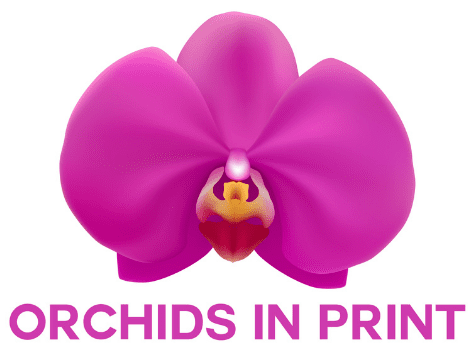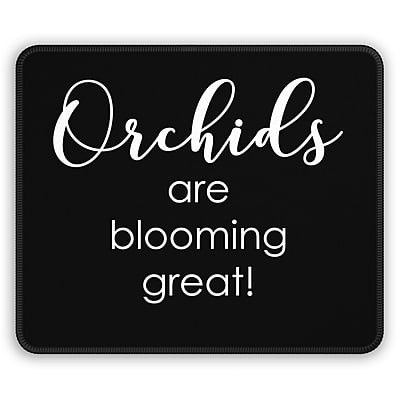Growing Bulbophyllum Orchids

Bulbophyllum orchids are a captivating and diverse genus, admired for their unique floral structures and adaptability. Growing these orchids can be a rewarding endeavor for both novice and experienced orchid enthusiasts. This guide will provide detailed instructions on how to cultivate Bulbophyllum orchids successfully, focusing on their specific needs and optimal growing conditions.
Understanding Bulbophyllum Orchids
Bulbophyllum orchids are predominantly epiphytic, meaning they grow on other plants, usually trees, without drawing nutrients from their host. They are also found growing on rocks (lithophytic) and, less commonly, on the ground (terrestrial). Their natural habitats range from tropical rainforests to subtropical regions, where they thrive in high humidity and moderate temperatures.
Selecting the Right Species
Before starting, it's essential to choose the right Bulbophyllum species for your growing conditions. Some popular species include:
- Bulbophyllum medusae: Known for its striking, hair-like flowers.
- Bulbophyllum phalaenopsis: Famous for its large, foul-smelling blooms.
- Bulbophyllum biflorum: Appreciated for its relatively easy care and attractive flowers.
Environmental Requirements
Light
Bulbophyllum orchids prefer moderate to bright, indirect light. They naturally grow under the canopy of trees, receiving dappled sunlight. Here’s how to provide the right light:
- Indoors: Place the orchids near an east or west-facing window. Use sheer curtains to filter direct sunlight.
- Outdoors: If grown outdoors, ensure they are in a shaded area where they can receive filtered sunlight, such as under a tree or a shade cloth.
Temperature
Most Bulbophyllum orchids thrive in temperatures between 65-80°F (18-27°C). They generally prefer stable temperatures without significant fluctuations. For species-specific needs, consider the native habitat:
- Lowland species: Prefer warmer temperatures.
- High-altitude species: Can tolerate cooler temperatures, but still within a moderate range.
Humidity
Bulbophyllum orchids require high humidity, typically between 50-80%. Here’s how to maintain optimal humidity:
- Indoors: Use a humidity tray or a humidifier to keep the air moist. Regular misting can also help.
- Greenhouses: Greenhouses naturally provide high humidity, making them ideal for Bulbophyllum orchids.
Potting and Medium
Selecting the right potting medium and container is crucial for Bulbophyllum orchids, as their epiphytic nature demands excellent drainage and aeration.
Potting Medium
A well-draining medium is essential to prevent root rot. Common choices include:
- Bark mix: A combination of medium-sized fir bark, perlite, and charcoal.
- Sphagnum moss: Provides good moisture retention but must be monitored to avoid waterlogging.
- Coconut husk chips: Offer good aeration and moisture retention.
Containers
Choose containers that promote good air circulation:
- Net pots or slotted pots: Allow for maximum air movement around the roots.
- Hanging baskets: Suitable for species with trailing growth habits.
Watering
Bulbophyllum orchids need regular watering to mimic their natural moist environment. However, the frequency of watering depends on several factors:
- Temperature and humidity: Higher temperatures and lower humidity increase water needs.
- Potting medium: Moss retains moisture longer than bark, requiring less frequent watering.
A general guideline is to water thoroughly when the top inch of the medium feels dry. Ensure water drains completely to prevent root rot.
Fertilisation
Bulbophyllum orchids benefit from regular feeding during their growing season (spring to fall). Use a balanced orchid fertilizer, diluted to half strength, every two to four weeks. During the dormant season (winter), reduce fertilization frequency to once a month or stop altogether.
Pruning and Maintenance
Regular maintenance ensures healthy growth and blooming:
- Remove dead or yellowing leaves: This prevents disease and improves appearance.
- Trim spent flower spikes: Encourage the plant to focus on new growth.
- Repotting: Repot every two to three years or when the medium breaks down. This prevents root rot and provides fresh nutrients.
Pest and Disease Management
Bulbophyllum orchids can be susceptible to pests such as aphids, mealybugs, and spider mites. Regularly inspect your plants and use appropriate treatments:
- Insecticidal soap: Effective against soft-bodied insects.
- Neem oil: A natural pesticide that controls various pests.
Fungal and bacterial infections can occur if humidity is too high or airflow is inadequate. Ensure good air circulation and avoid waterlogged conditions to prevent these issues.
Growing Bulbophyllum orchids can be a fulfilling experience, rewarding growers with their unique and often spectacular blooms. By providing the right light, temperature, humidity, and care, you can cultivate these fascinating orchids successfully. Remember to choose species suited to your environment, monitor their needs closely, and enjoy the process of nurturing these extraordinary plants.
Over the past 5 years I have been growing 2 Bulbophyllum orchids, with very slow growth happening until 12 months ago. At our orchid society meeting, I learn’t Bulbophylums preferred shallow pots/trays, and a small to medium orchid mix, as they have fine roots.
My Bulbo’s were in pots 100mm/4in depth, & 200mm/8in wide, and in a course bark. Whilst the width of the pots were not an issue, the depth and potting mix were.
So, I cut out some styrene into circles to fit the pot, and 63mm.2.5in thick. I then re-potted the Bulbo’s using a small to medium size mix.
Since then, in the shallower pot, and finer bark mix, they have grown quickly, and flowered several times.
Have a great week,
Peter Johnson
Orchids In Print
Information sourced externally.











 |
| 
